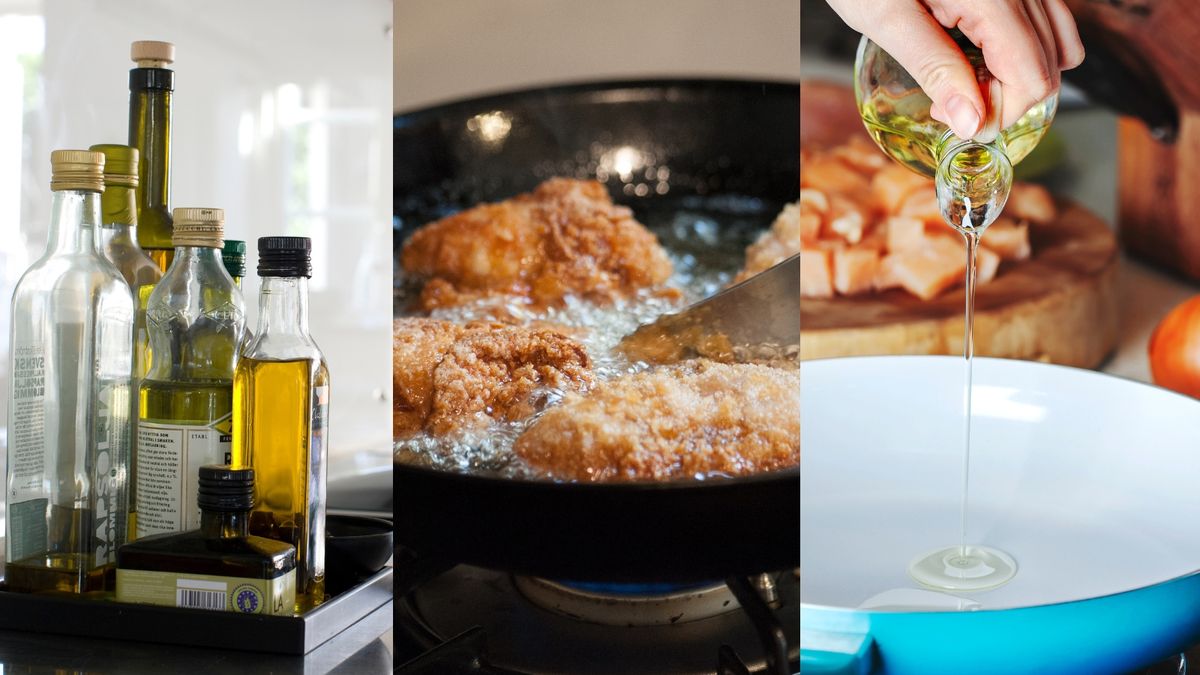Safe disposal of cooking oil is important to avoid environmental damage, clogged pipes and unpleasant odors. Improper disposal, such as pouring grease down the drain, can cause serious plumbing problems and result in costly repairs.
From transferring it into containers before throwing it in the trash to making natural compost, our cleaning experts share their four favorite eco-friendly and effective ways to get rid of cooking grease responsibly.
Whether you use the best air fryers or cook on your stove, here's how to safely get rid of used cooking oil without harming the environment or your plumbing.
1. Pour into a container
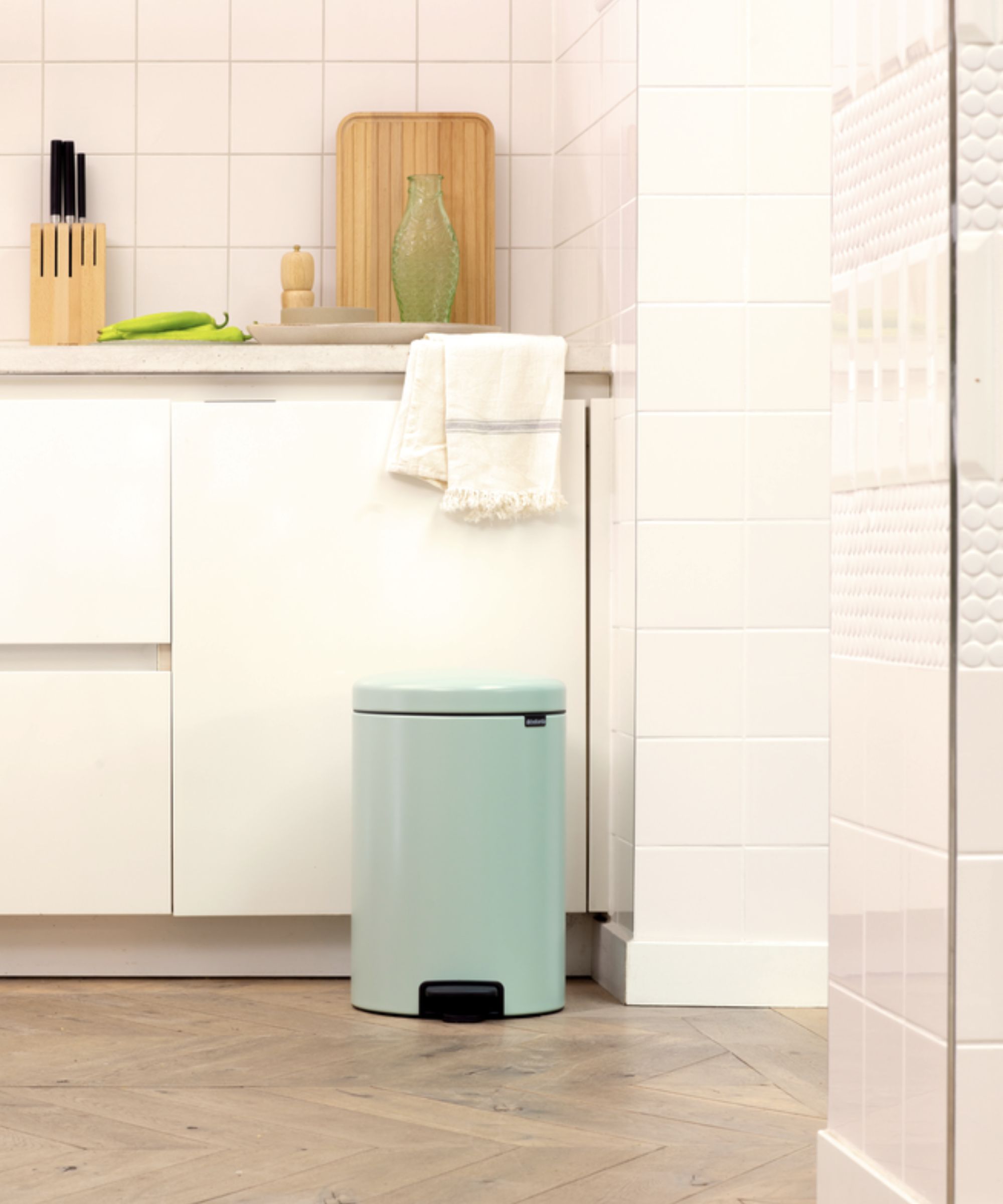
(Image credit: Brabant)
One of the easiest ways to dispose of cooking fat is to pour it into a container, let it harden, and then throw it in the trash.
Vanessa Bossart, owner of GreenTerra cleaning servicesays, “This method is simple, inexpensive, and reduces the risk of clogging your pipes.” Simply allow the grease to cool slightly until it is safe to handle but still pourable, then pour it into a heatproof container. Once the fat has solidified, seal the container or box and dispose of it in regular trash.
Bossart recommends using milk or half cartons as a practical way to reuse these items for wise fat disposal, adding: “Remember to let it cool sufficiently first.” Never pour hot fat directly into a plastic container as it otherwise it could melt or leak.
Other handy containers you may already have in the kitchen include aluminum foil, which you can shape into a container. It's also a surprising way to use Ziploc bags.
Steven Ip, founder of Cleanzen Boston Cleaning Servicessays, “An easy way to dispose of cooking fat is to use aluminum foil.” Line a small bowl with a piece of foil and pour the warm (but not hot) fat into it. Allow the fat to cool and solidify, then fold the foil tightly around it and throw it in the trash. This method is clean and prevents grease from clogging your pipes.
“I also like to use a sturdy Ziploc bag.” [available at Amazon] Contain cooking fat. Once the fat has cooled slightly, pour it into a sealable bag and close it tightly. You can also wipe the pan with a paper towel and place it in the bag to avoid any lingering smell. Then just throw the sealed bag in the trash.”
Ip recommends Reynolds Wrap Aluminum Foil from Amazon and Ziploc Gallon Food Storage Bags, also from Amazon, adding, “These food storage bags are great.” While some thin or perforated bags (e.g. bread bags) can leak, these seal reliably and tightly .
There are also other useful ways to use aluminum foil around the house, such as: B. to protect against pests and to sharpen scissors.
2. Solidify and scrape off

For a more structured preparation, allow the cooking fat to harden in the pan.
Ip says: “Let it set before scraping it off and discarding it.” If you don't want the cooling fat to sit for too long, mix in some flour while it's still warm to help it solidify.
Once the fat has solidified, scrape it into a sturdy trash bag or lined container using a spatula like the OXO Nylon Flexible Turner Black Cooking Spatula from Target. Make sure the bag or container is tightly closed before disposal to minimize odors and possible leaks.
You can also use a commercial product like FryAway Cooking Oil Solidifier.
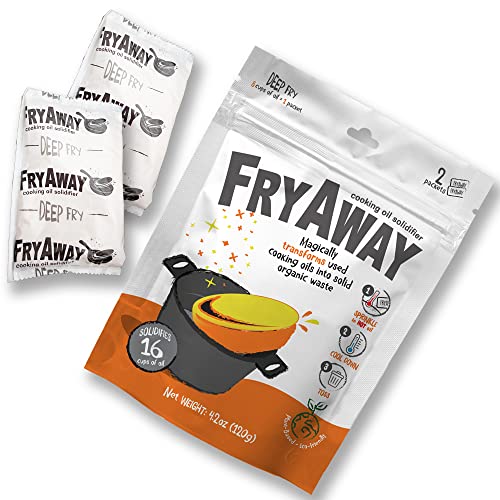
FryAway frying oil solidifier
This seemingly magical powder — made famous by its appearance on ABC's “Shark Tank” — makes grease disposal easier by turning used cooking oil into solid, organic waste that's easy to scrape up and throw away. Simply sprinkle into hot oil and stir until completely dissolved, allow to cool and solidify, then toss in the trash where it will break down in just 30 days.
3. Recycle or reuse
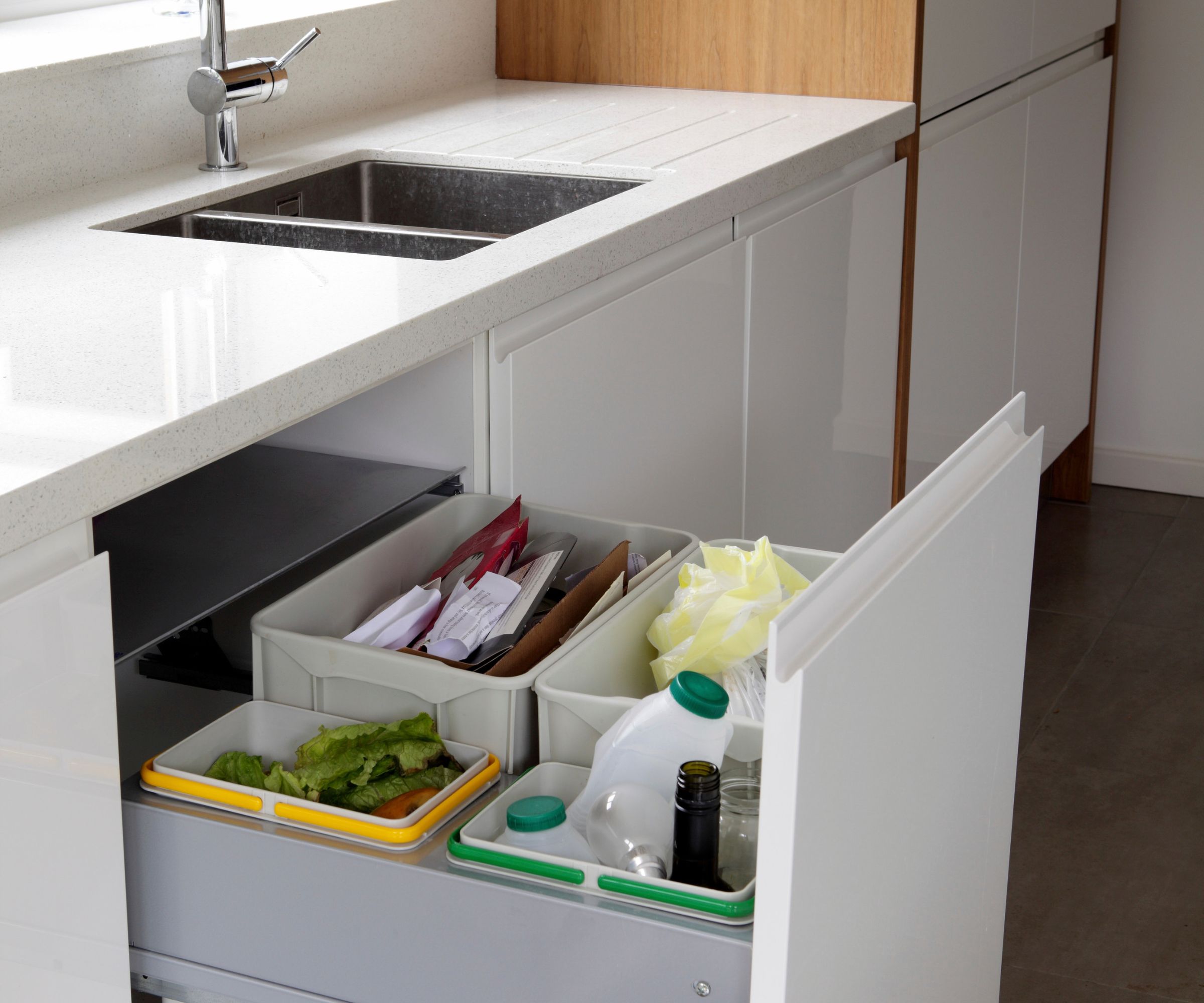
(Image credit: Getty Images)
Cooking fat can often be recycled into biodiesel or other industrial products.
Bossart says, “Many recycling programs convert used cooking fat into biodiesel, an environmentally friendly fuel alternative.” This method is sustainable and prevents fat from ending up in landfills. First, check with your local recycling center or waste disposal service to see if they accept used cooking grease, then store the grease in a sealed, labeled container until you have enough to donate.
Container options include OXO Good Grips airtight containers from Amazon or bullet glass mason jars from Walmart.
Bossart also recommends reusing cooking fat in the kitchen. She says: “Another eco-friendly and cost-effective option is to reuse fat in later cooking to reduce waste while improving the taste of future meals.” Simply strain the fat through a fine-mesh sieve to remove any leftover food. Store the filtered fat in an airtight container in the refrigerator or freezer, then reuse it the next time you fry or fry.
Cooking fats, especially oils, can be reused for frying or sautéing. Cool the fat slightly, strain it through a sieve or cheesecloth to remove any leftover food, and store it in a clean, sealed container in the refrigerator. Reuse within a week and discard if the fat turns dark, has an unpleasant odor, or has visible contamination. Reusing fat saves resources and reduces waste.
The Cuisipro Grease Separator from Amazon is a great tool for storing and storing grease safely and easily. Perhaps the best part is how easy it is to clean – it's even dishwasher safe.
Recycling cooking fat not only avoids waste, but also contributes to environmentally friendly energy solutions. For more tips, check out these things no one tells you about recycling at home.
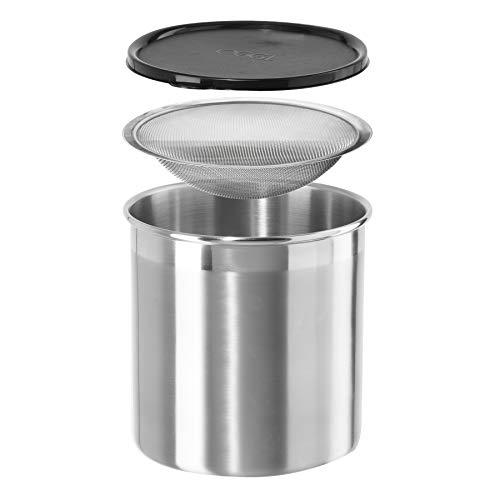
Oggi jumbo fat container made of stainless steel
Made from durable stainless steel, this stylish and sturdy oil container effortlessly separates cooked food residue like bacon bits from the fat, then allows you to store the fat for safe disposal or reuse. The one gallon capacity means you can store a large amount, while the clamp lid keeps the oil fresher for longer and prevents unwanted odors.
4. Compost

(Image credit: Neptune)
Small amounts of vegetable cooking oils can be composted if they are free of harmful substances.
Mix the oil with dry compost material such as sawdust, shredded newspaper, or even paper towels to prevent excessive moisture buildup in your compost pile. Paper towels—like these Bounty paper towels from Walmart—are a safe addition when used sparingly.
Avoid composting animal fats as they can attract pests and produce unpleasant odors. Composting vegetable oils in small quantities improves soil health while preventing waste from ending up in landfills.
FAQs
Should I pour grease down the drain?
No. Pouring grease down the drain can cause blockages as it cools and solidifies in the pipes, often forming large blockages known as “fatbergs.” These can cause costly plumbing repairs and lead to sewage overflows that harm the environment. Even small amounts of grease combined with other deposits make the problem worse. Instead, use safe disposal methods such as solidifying and sealing grease before throwing it in the trash.
Can I mix different fats for disposal?
Yes, you can mix fats like oil and grease for garbage disposal, but keep them separate when recycling. Recycling centers may have special requirements for the types of fat accepted. Always allow fats to cool and then place them in a sealed, sturdy container to prevent spills and odors. For easier handling, consider using a solidifier before discarding.
What is the best way to store grease until disposal?
Store cooking fat in a heat-resistant container, such as a glass jar or metal can, and allow it to cool slightly before pouring. Cooling the container prevents odors and solidifies the grease for easier disposal. Always ensure the container is tightly sealed to prevent contamination and possible pest problems. For larger quantities, consider multiple smaller containers to make handling easier.
So there you have it – four ways to safely dispose of cooking oil. Proper disposal of cooking grease is critical to maintaining your home's plumbing and protecting the environment. Whether you want to solidify, recycle, compost or reuse your cooking oil, these methods offer practical and safe solutions for a cleaner home and a cleaner planet.
Since you're busy in the kitchen, our professional chefs and cleaners shared their trade secrets for eliminating cooking odors.
